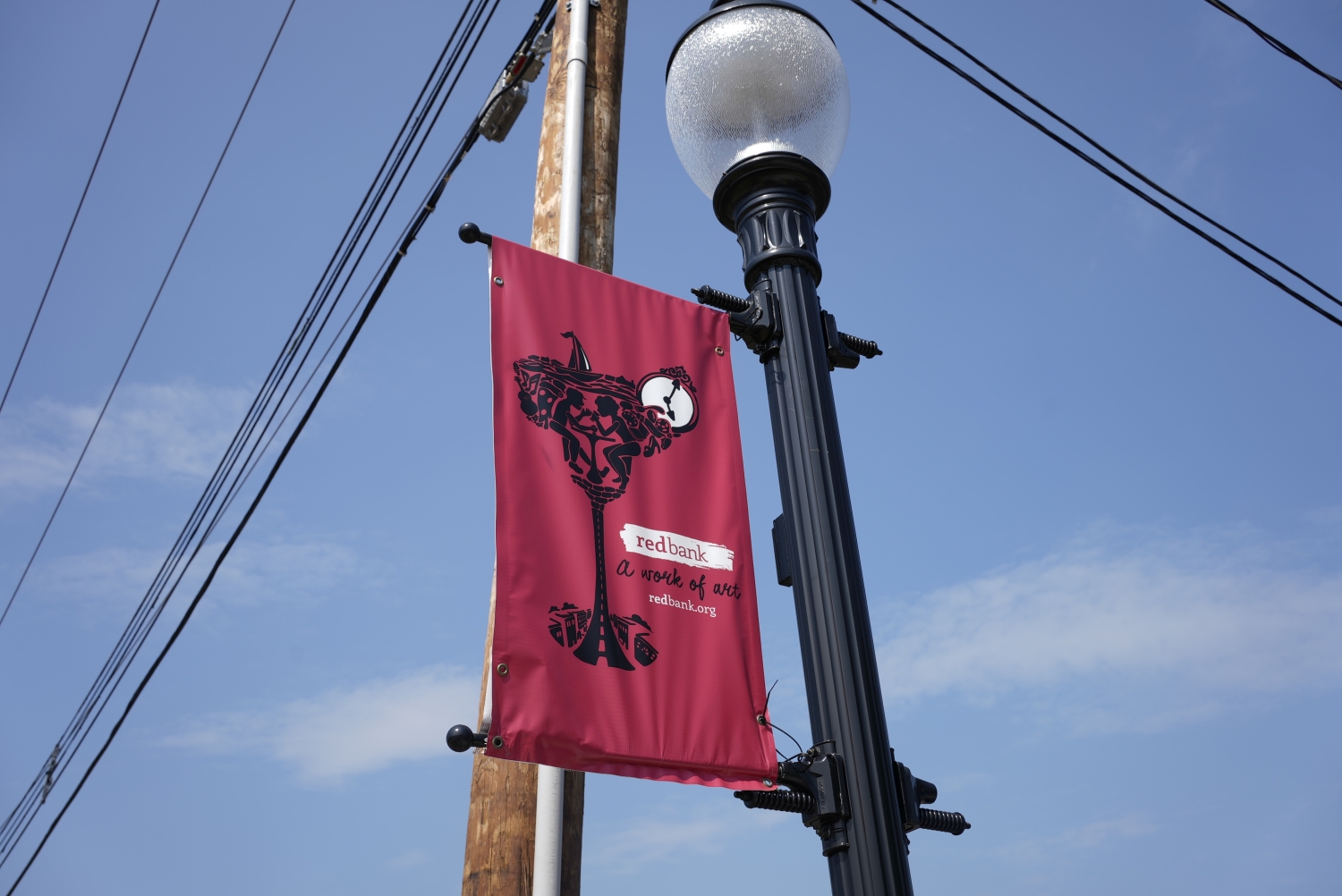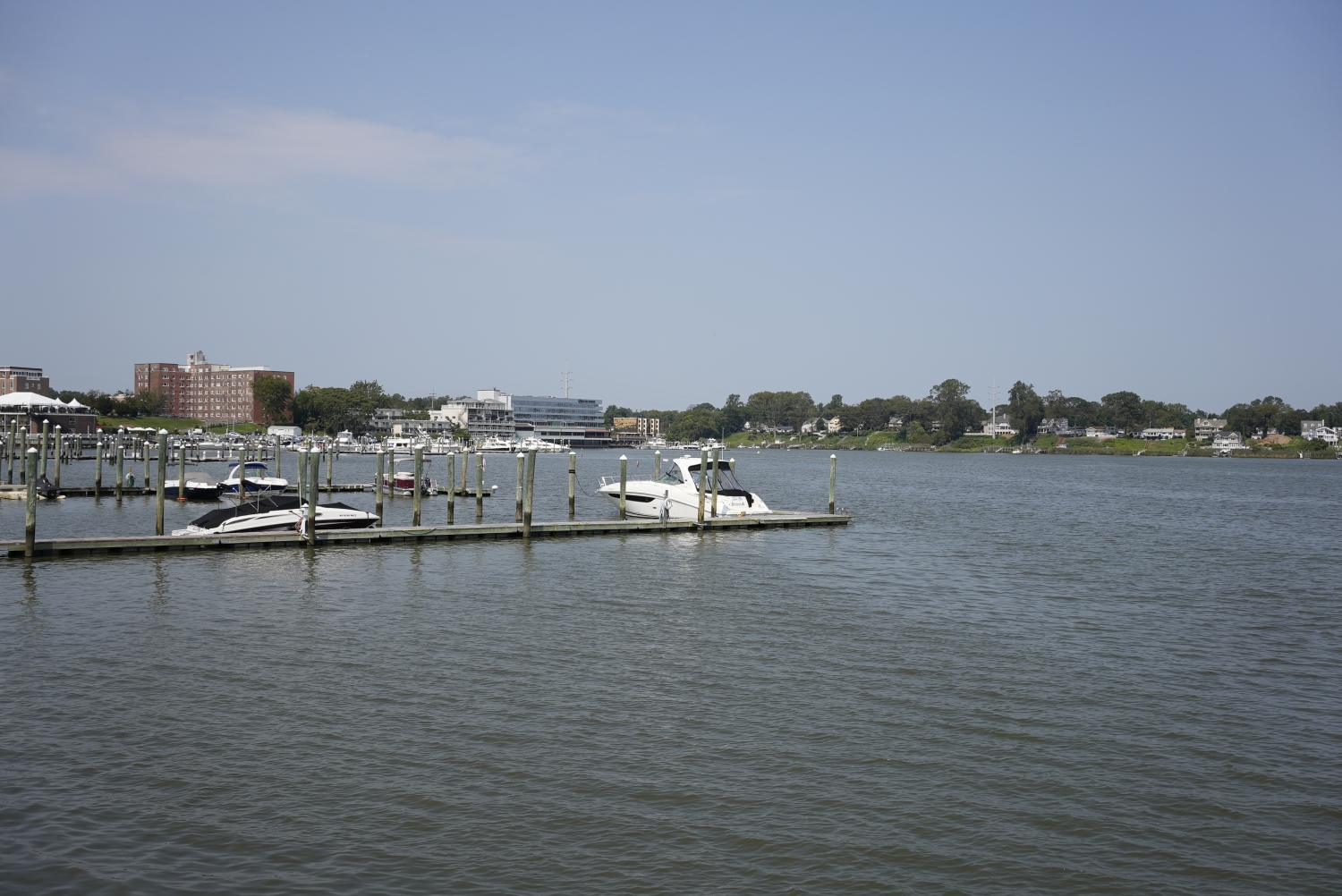I’ve been using Panasonic’s cameras for about a decade now, so you could say that I’m a devout user. Over the last few years, though, we’ve seen Micro Four Thirds eclipsed by the swarm of full-frame cameras that have entered the market and proven their superiority. So, given the chance to check out the new Sony A7S III, I was eager to uncover what all the hype is about.
The tease of better low-light performance
I met up with the Sony folks on a hot and humid day, spending less than a couple of hours in total getting a feel for the A7S III. Able to harness the light-soaking power of its backside-illuminated 12.1-megapixel Exmor R image sensor, I know how incredibly gifted it is under low light. It should be a beast, but with the limited time on my hands and the brutality of the midday sun, there was no way of me experiencing its ability firsthand. A bummer indeed. Still, it beats what comes out of my aging Panasonic GH4 and G85 — both of which crumble at low-light footage with anything above ISO 1600.

What I will tell you is that the autofocusing system of the A7S III is light-years ahead of anything I’ve experienced over in Micro Four Thirds land. That’s partly due to the magic of its hybrid autofocus system, which features 759 phase-detection AF points and 425 contrast-detection points. Shooting a quick VLOG style clip, I’m impressed that it locks on to my face and doesn’t hunt for focus. It’s a nagging problem with the contrast-based autofocus system that Panasonic has relied on for ages, so experiencing something that’s quick, locks on, and doesn’t hunt incessantly reassures me that I can trust the camera.
The ergonomics: The good and bad
Even though it’s not particularly new, especially for anyone who’s owned a Panasonic mirrorless camera, the Sony A7S III features an articulating LCD screen that’s ideal for shooting video. For Sony fans, this is a welcome upgrade over its predecessor’s fixed tilting screen. One minor nuance I noticed while capturing photos using the QXGA 9.44 million-dot OLED electronic viewfinder was that it wouldn’t activate if the articulating LCD screen was tilted in any way. Who knows why this is the case, but it could be a matter of the software not being final on this preproduction model.

Coming off the Panasonic GH4, it’s impressive to see that full-frame cameras like the Sony A7S III aren’t obnoxiously bulky. Sure, the grip is beefy and protrudes a bit more than what I’m used to handling, but considering the larger sensor in play here, it’s quite manageable to hold and operate. As a videographer, I appreciate the full-sized HDMI port, dedicated headphone and mic jacks, dual memory card slots, and the ability to charge its battery through its USB-C port.
With the mode dial, I’m not thrilled having to constantly press down on the unlock button in order to rotate it, which seems like more work than necessary. I’m told that it’s to distinguish it from the exposure compensation dial. Who knows, but I simply prefer being able to freely adjust the mode dial and then lock it in place.
Improved menu system
One common complaint I’ve heard from friends using Sony’s cameras is the horrendous menu systems on its cameras. With the introduction of the A7S III, I’m told that Sony has put in some considerable work into the interface. And you know what? I have to agree. I consider myself lucky to have never experienced Sony’s past menu systems, but it’s logically arranged here.
In fact, I was able to quickly adjust many of the camera’s parameters — shutter speed, aperture, ISO, and much more — without having to fiddle around with the menu. Given my level of confidence handling cameras, I don’t think other enthusiasts making the switch would have a problem. Although, it may seem intimidating for anyone who’s just getting started.
For the video-centric
Image quality from the Sony A7S III is a bit tough to judge, mainly because the majority of shots I captured were landscape scenery in broad daylight. Paired with the Sony FE 35mm f/1.8 lens, it does an exquisite job of isolating subjects — the flower shot below is a perfect example of that. Then again, I know that my aging GH4 and G85 with Sigma’s 24-35 f/2 DH HSM Art lens can produce similar results, especially when the lighting conditions are ideal.

Naturally, the Sony A7S III ‘s strengths are largely isolated to the video front, as it features 4K 10-bit video at various frame rates. It’s worth pointing out that it can shoot in 4K 120 frames per second (fps), which supplements its even faster 240 fps capture in 1080p. These are undoubtedly assets, but a part of me would have preferred seeing it capture at a higher resolution. That’s because I prefer some degree of flexibility in post to crop or digitally zoom/pan the footage. Despite maxing out at 4K, I can’t help but recognize the potential of superior low-light sensitivity and autofocus. It’s an irresistible idea that continually tempts me to make the switch. That leads me to my last point — its price.
You’ll have to dish out $3,500 to pick up the Sony A7S III. For those who have collected an array of E-mount lenses, this shouldn’t be too much of an issue, seeing that the only major investment here is the camera. For everyone else new to the system, it’s going to add up quickly if you need a few lenses to cover the range. Compared to other full-frame mirrorless cameras, it’s actually competitively priced — besting the recent Canon EOS R5 and even Panasonic’s own LumiX S1H. In that respect, the Sony A7S III is looking like it’s offering the best bang for the buck. It may be time for me to retire from Micro Four Thirds.







